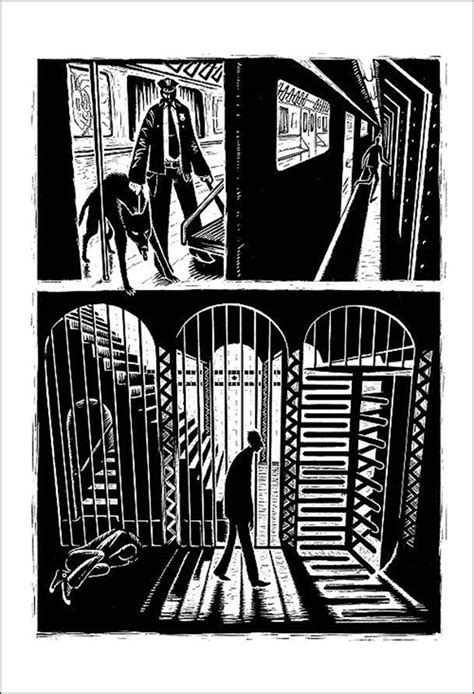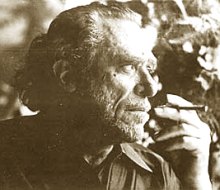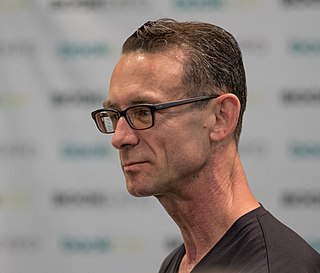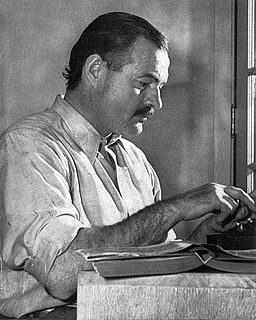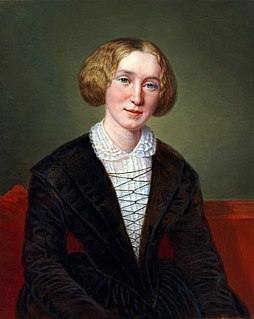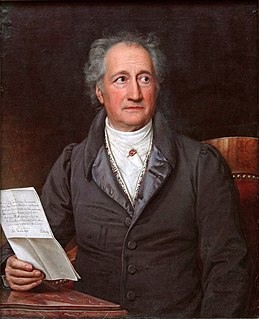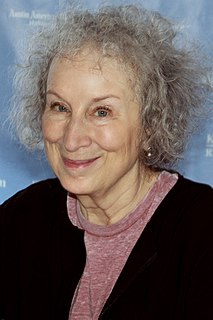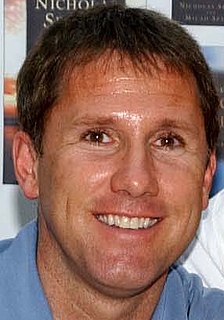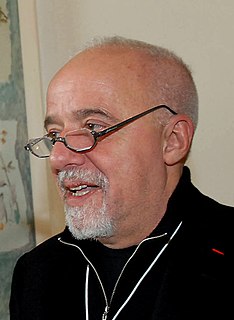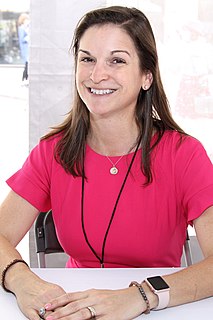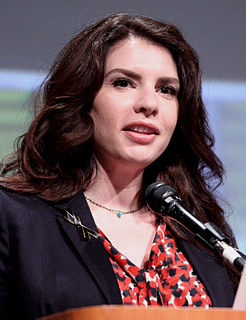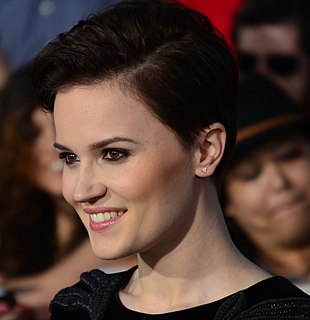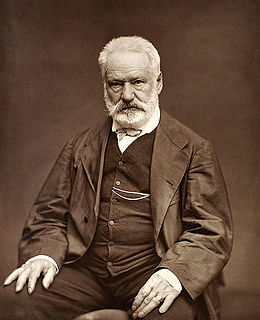Top 54 Quotes & Sayings by Eric Drooker
Explore popular quotes and sayings by an American novelist Eric Drooker.
Last updated on April 20, 2025.
We had collaborated with Allen Ginsberg on one of his last projects just before he died in the spring of '97, a book called Illuminated Poems - it was Allen's poems and songs and I illustrated them. Or, I illuminated them with paintings and drawings that bounced off of them. You want the picture to relate to the text without it slavishly regurgitating it or merely illustrating it, because that's redundant. You want to show another angle of what the text is saying.
If you make a street poster and literally paste it on the street in a city like New York, where it's such a mixed population and so densely populated, and it stays up for a full week and doesn't get covered up by something else or pulled down, you will have fifty thousand people who will have seen it. It will be the poorest of the poor - some homeless man who lives on the street will see it and probably appreciate it, or some businessman or landlord will see it. Everyone will see it. And whether or not they even realize that they saw it, on some level it's affecting their consciousness.
The unusual thing about doing street poster art - or something with a conscious social critique in it - is that the artist thinks they're a little in control, focusing and trying to make a specific point. But even then, when you look at it a few years later, you realize you were just working through some of the usual feelings you were going through during that time.
What's that Regina Spektor song? Museums are like mausoleums. Having your work in a museum is something we as artists aspire to, but I don't think that's something we need to worry about while we're alive. Typically your work will end up in a museum after you're dead. And maybe that's the function of a museum. It's an archive of your work after you're dead. But while we're alive, I like to see it in places where it's connected to day-to-day life and making a difference.
We used to call the 1% the ruling class, but America's never felt comfortable using that terminology. It was taboo to talk about class war. Americans are okay talking about it like this; everyone wants to be part of the 99%, even the cops are like, "No, no, man. I'm part of the 99% too." No one wants to be part of the 1%.
Art makes people do a double take and then, if they're looking at the picture, maybe they'll read the text under it that says, "Come to Union Square, For Anti-War Meeting Friday." I've been operating that way ever since - that art is a means to an end rather than simply an end in itself. In art school we're always taught that art is an end in itself - art for art's sake, expressing yourself, and that that's enough.
Let me see: art and activism. I can always fall back on, "the question should be, what isn't political? Everything you do is political, even if it's abstract. You're making a political statement even if it's unwittingly." I think so much of art is unconscious anyway, the artist doesn't know the real reason they're doing it. They're just kind of going along with it intuitively.
When Allen Ginsberg was still alive, he was was an artist, but he was very local. He was just another wing-nut in the neighborhood and he was very accessible. You'd see him in Tompkins Square Park or in the local delicatessen, in one of the greasy spoon restaurants on First Avenue or a Chinese restaurant.
I try to, at least once or twice a week, have someone over and model, usually a dancer friend or a poet or someone to come over and just stay still for me. Depending on how exhibitionist they are, it will determine the finished work. And I say, "You're the muse; you come up with it. I'll draw you however you want."
Most visual artists, just like most writers, tend to be solitary. While they're doing the art, that is. They may have a crazy orgy that morning, but at a certain point they kick everybody out, and say: "Come, go home. Yeah, I had a great time too." And then you're alone again, and then you're freshly inspired and energized.
The poster art over the years, art with social critique in it, has always been on class war theme. It's been trying to make that point - that we are larger than they are. They may have guns and pepper spray and helicopters and F16s and the whole U.S. military on their side, but when it comes down to it, we still have the numbers.
